Nintendos Game & Watch past is its guide to its mobile future
Nintendo has had decades of profitability, and does a great job of pleasing its core fanbase. The company sticks to what it’s best at and innovates in that space, earning a reputation for being both an inventive risktaker and fiscally conservative. After all that success, Nintendo is ready to venture into a whole new gaming space, full of simple apps, straightforward interface, and pocket-sized tech in a competitive market. I’m talking about the year 1980 and the origins of Nintendo’s Game & Watch handhelds, which could be the key to Nintendo’s mobile success 35 years later.
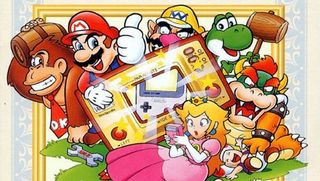
Nintendo recently made headlines by announcing a partnership with mobile publisher DeNA to bring the Kyoto-based company’s popular franchises to phones and tablets. The move is a 180 on a previous stance against making games for those platforms, causing some Nintendo diehards to think the company is abandoning its core beliefs. But if you take the long view on Nintendo’s history, you notice the circumstances of 2015 are eerily similar to some of the publisher’s earliest games. Before the Game Boy, NES, or even Donkey Kong, Game & Watch titles were Nintendo’s first truly successful gaming apps.
Founded as a playing card manufacturer over 120 years ago, Nintendo was one of Japan’s most successful toy manufacturers in the 1960s and ‘70s. As arcade games became increasingly popular in Japan during the late ‘70s, Nintendo’s top toy designer, Gunpei Yokoi, saw an opportunity to enter the lucrative new market. Yokoi envisioned a fresh type of dedicated gaming that would use relatively cheap LCD tech commonly found in calculators, with each unit only playing the one game installed on its hardware. Called Game & Watch for the inclusion of alarm clock functionality, early games like Ball and Fire were big hits, selling tens of thousands of units, first in Japan, then all over the world.
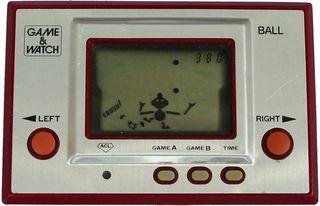
The simple technology couldn’t compare to the more sophisticated arcade machines, and it didn’t need to. Game & Watch kept getting bigger each year, with the tech team continually improving the units, even leading to the creation of gaming’s first d-pad. And Nintendo smartly marketed G&W as a device for everyone, from businessmen and women to teens and children. For about $60, anyone could grasp the appeal of the ‘micro computers’ as Nintendo referred to them in ads like this one.
The inclusive marketing isn’t so different from Apple’s populist approach to selling iPhones and iPads. And when seeing those old games in motion, it’s striking how much they’d fit in on the iOS app store. The two button interface of Ball and Fire is invitingly simple, featuring single screen gameplay meant to be enjoyed in short bursts, though addicting enough to be fulfilling in long stretches too. The tech didn’t leave much room for complex concepts - or even colors - so each Game & Watch release needed an inventive idea that would hook you instantly.
Those engrossing qualities were are also apparent in the ‘90s rereleases, Game & Watch Gallery for the Game Boy, proving the classics hold up well with some smart updates. That’s why redesigning those Game & Watch games for mobile is definitely a good place to start, but the situation is bigger than that. Those old, core design philosophies of fun approachability in a very straightforward package is exactly what Nintendo needs to recreate those huge sales when it heads to the app store.
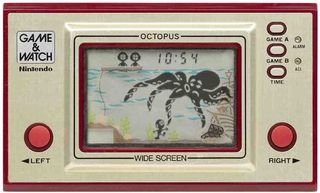
Nintendo’s output on console and handheld still follows those same gameplay ideals, but it’s all about scale. Nintendo’s designers need to get back to thinking as small as they did during the Game & Watch era. In recent years, the publisher has been experimenting with more compact games on Wii U and 3DS eShop, but it needs to tighten its scope even more to the single screen diversions Nintendo once did so well.
Sign up to the 12DOVE Newsletter
Weekly digests, tales from the communities you love, and more
Reexamining Game & Watch’s strengths could lead Nintendo to discovering the type of 99 cent app that gets downloaded a billion times. Massive apps like Flappy Bird and Threes aren’t all that different from G&W hits Manhole and Judge, and it’s time Nintendo remembered that. When looked at from that angle, this move to mobile isn’t Nintendo denying its past, it’s returning to its oldest gaming roots. And right now, this is just the type of retro touch Nintendo’s bank accounts could really use.
Henry Gilbert is a former 12DOVE Editor, having spent seven years at the site helping to navigate our readers through the PS3 and Xbox 360 generation. Henry is now following another passion of his besides video games, working as the producer and podcast cohost of the popular Talking Simpsons and What a Cartoon podcasts.
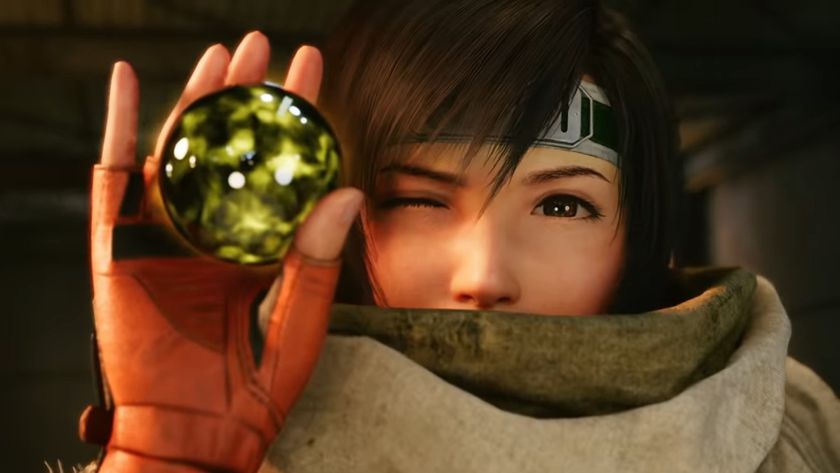
Final Fantasy 7 Remake and Rebirth battle director says combining everything he learned on Monster Hunter: World with Square Enix's technology and unique skills created a "chemical reaction"
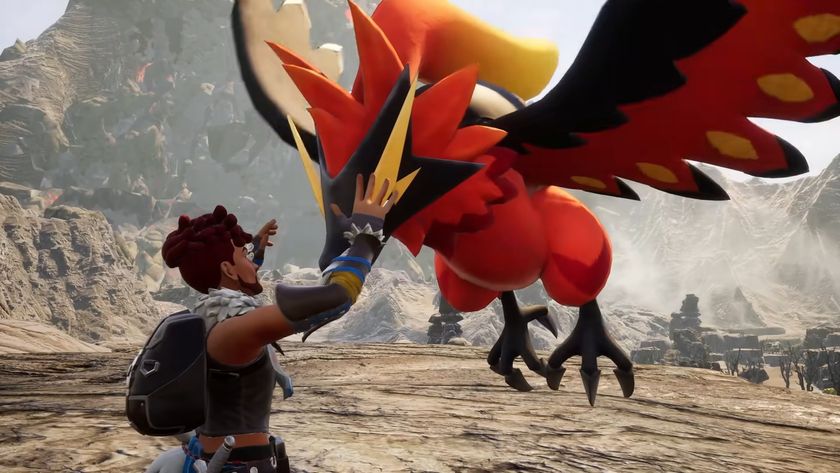
"Minutes after Palworld released," Pocketpair was already getting game pitches from "some really big names" before it even set up its own publisher: "No one has money at the moment"











